
First off, a tip of the hat to Patrick Ng at Scription for sharing his unconventional way of looking at time and planning through his Chronodex concept. And I hope it is acceptable for me to put my own spin on things, as I have been using the Chronodex on the development of my own personal agenda pages – as outlined in this post.
I tend to do a lot of writing in my agenda – which currently is a red ostrich personal-size Filofax. I am definitely a full-blown day-on-2-pages person, even though I am not a decorative sticker and washi-tape and scrap-book type of diary-keeper (don’t get me wrong – I admire those who create amazing pages this way, but it just doesn’t work for me personally). I’ve used both Filofax and Franklin Covey systems, yet they never totally met my needs.
When I came across the Chronodex concept, I knew I wanted to give it a try; I was drawn to the visual almost clock-like manner of time-management. Yet I know myself well – and I know that I am a list and checkbox person when it comes to certain things. So I looked through all of my old archived pages and tried to pick out the key things that I was keeping track of on a daily basis to get a feel for what my needs are in an agenda page. I thought I could come up with my own 2-page spread that incorporates all of my must-haves, along with the Chronodex for a visual depiction of daily time and scheduling. And so, I cobbled together this spread and have been using it every day for the past month. I’m happy to say I am quite pleased with the design for my own purposes, and thought that perhaps others might want to have a look. (Or not.)

This is the blank spread, and I will go on by section to explain how I am using it, section by section (forgive me for the image-heavy post).

On the top of the left page with the date, I have a line for the weather. Don’t ask me why I like to keep track of this, but I do. Old habits die hard, I guess. I don’t compile statistics or averages, nor do I monitor this at the same time each day, so it’s probably rather pointless; I just like to take a look at the sky and at my thermometer and record at some point during the day if it’s sunny, cloudy, rainy or whatever, and what the temperature happens to be at any given time when I am thinking about it (usually over a cup of coffee). Silly probably, but meaningful to me.

Next comes my daily to-do’s. Like I said, I am a list-and-checkbox person, and I like to plan my daily schedule around what I need to get accomplished. When a task gets done, I tick the box; if I need to move it forward to another day, I put an arrow in the box. I tend to block out time for these tasks and to-dos on my Chronodex, which comes next.
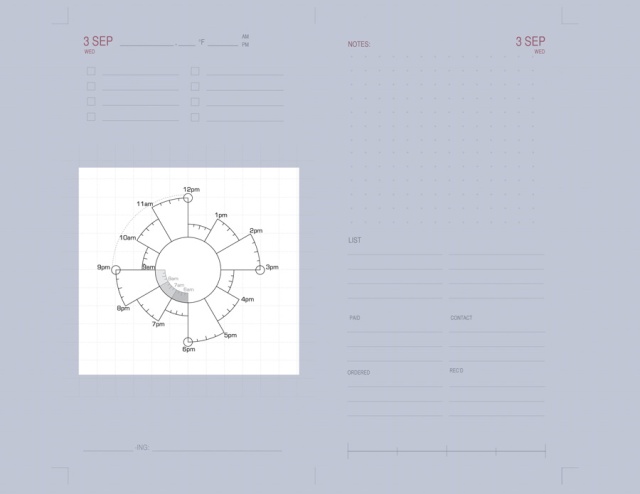
The Chronodex is next – and it is where I block out time for my at-home work tasks, appointments, physical activity (cycling, gym, yoga, etc.), and personal tasks. The very top photo in this post shows the color-coding and time-blocking I use, which is basically four colors; green for at-home work/study, blue for physical activities, red for personal tasks, and purple for appointments. I typically don’t draw connecting lines to text around the margins (it was too messy for me); I simply write any notes in the same ink colors, near the time blocks. I use a Coleto multi-barrel pen for blocking time on the Chronodex, but I still use my Waterman ballpoint for all other entries on my pages.

The last line on this page comes from an idea I saw on Planet Millie – who does some beautiful and artful diary pages. She has a wonderful custom stamp that she uses to record what she’s reading, listening to, watching, and loving at any given time. I liked the idea, and wanted to incorporate it into my daily pages for books I am reading, music, movies, and any other silly things that come to mind – like eating, drinking, photographing, etc. So I left this as a fill-in-the-blank to suit my whim of the day. Thank you, Millie, for the idea.

At the top of the facing page, I have a big dot-grid section for notes. This is my everything-and-anything spot. Typically, it random info or notes I need to jot down during the day; anything that requires lengthier note-taking or detailed sketching goes on a separate blank page in another (Project) tab of my Filofax. But quick daily things land here; it’s kind of like a sticky-note section. It may be a rough sketch, a phone number, a name, a reminder or whatever. I am a big fan of nearly-transparent dot grids as it allows me to be flexible or structured, depending on what I am penning. Great for quick sketches or for lines of text.

I decided to keep two lined columns for a list or lists. Typically for me this is things like groceries, items I need to pick up or drop off, or other things I need to obtain locally. Occasionally I use it for a packing list for an overnight trip, etc. Anything that is not specifically a task, but where I need a list, this is the place for it.

This sections in this bottom half of the page come from examining what I was keeping track of in my archived planner pages. First comes the Paid section – when I have scheduled a bill to be paid on a given date, it goes here. When I need to look at when I paid a car insurance premium, a membership dues, a utility bill, etc., this provides an easy summary for me to look back at. As shown in the very top photo, I also use a small Mark-It Dot for these sections, and put the same dots on my Chronodex for any day I have made an entry. In other words, for anything I have listed under PAID – with the designation of a green dot – I also put a green dot on my Chronodex. This is just a quick visual for me, and allows me to glance over at the various sections to see what I have paid, etc.

I added a Contact section for important contacts I make during the day. When I have phoned the insurance company, or left a message for someone, or returned a form or application – this is where I make note of it. Again, I like having this action-specific section for easy reference, and also use a Mark-It Dot (black) for this section and at the corresponding time on my Chronodex.

The next section is for things I order – usually online or through a catalog. I am a heavy on-line shopper, mostly because we live in an area with very limited availability of many items. For the most part, on-line ordering is typically cost-effective, time-saving and provides significantly better variety in most things my family uses. But I often had difficulty keeping track of what and when I ordered an item, from where, etc. – and then keeping tabs on when I received it. So I begin by listing it in this section, as I place the order, but then I also will later transcribe any daily purchases to a master “running” list that I keep on a Filofax Financial page. Again, for this section I use a yellow Mark-It dot on my Chronodex to reference back to this little list of things ordered on a given day. On the Filofax Financial page (kept under a different tab in my binder) I list complete detail, cost, and method of payment, also the date of receipt. When I receive something, I record the date and highlight it off the list.

Here is a shot of my Filofax Financial page where I keep track of all online and catalog orders; the highlighted orders indicate that they have been received.

The Received section is much the same as the Orders section – it is just the place where I record what I may have received that day, as far as online or catolog orders. At the end of the day (or sometimes less often), I will go to my master order list mentioned above, and highlight and record the date of orders that have been received. And like the other sections, I use a pink Mark-It dot to reference things received on my Chronodex for the day.

The very last section of the page (aren’t you glad you’ve reached the end?!) is basically a blank scale. Rather trivial, I know – but it’s kind of like keeping track of the weather for me. I like to pick an aspect of my day and rate it on a scale, low to high. It may be my level of physical activity for the day, it may be overall karma, it may be my rating of a dinner out, or a museum exhibit visited. It can be whatever I want it to be, but I always try and pick one thing for the day and evaluate it on a scale. And this is the place.

And finally, I do keep a running monthly index for each month. This allows me to keep about 4-5 weeks of my daily pages in my binder, yet have a quick reference for archived daily pages, and scheduling appointments into the future where I don’t yet have the daily pages in my planner. I am pretty faithful about keeping a brief summary of each day, one day per line – and store this at the beginning of each month. October, obviously, hasn’t yet begun to be filled in – only a couple of appointments I have scheduled.

So this is how I have been using Chronodex for my daily agenda and diary-keeping. I plan to continue with it for another month, to see how I may want to further revise it. I realize that this format may not suit anyone other than myself, but if any bits or portions of it may be helpful or useful to you, I encourage you to come up with your own custom pages.



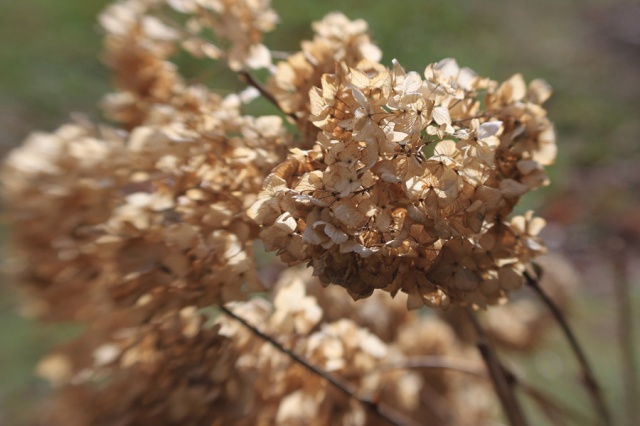














































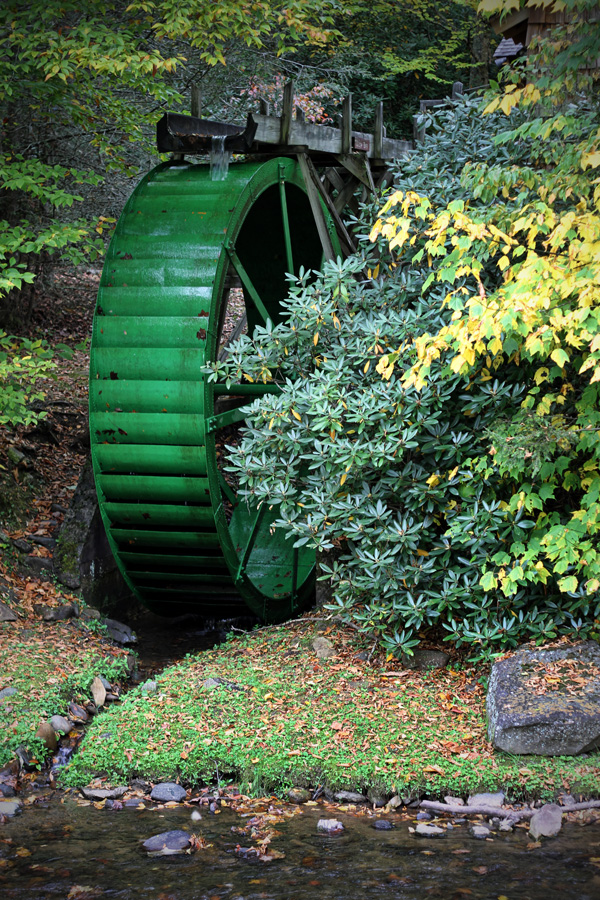
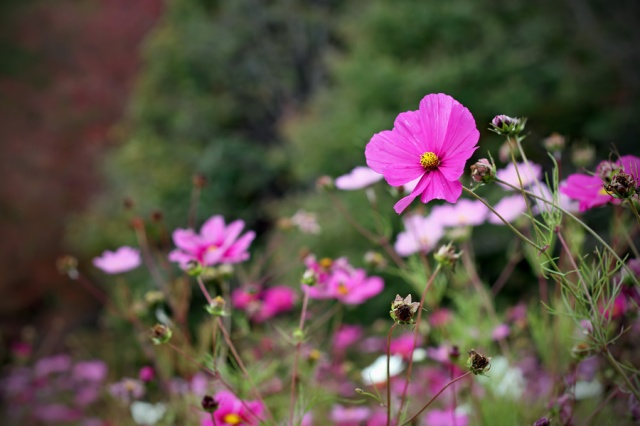




























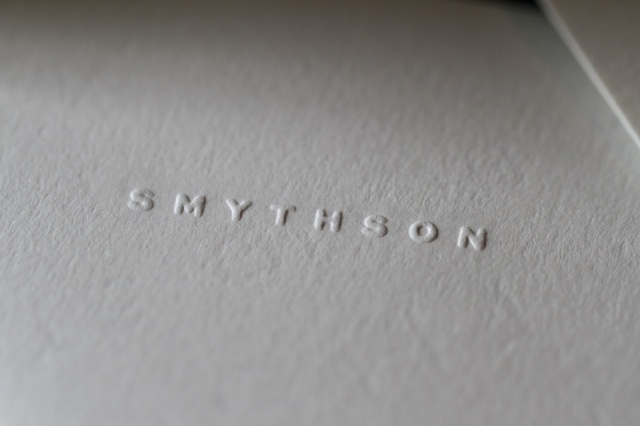

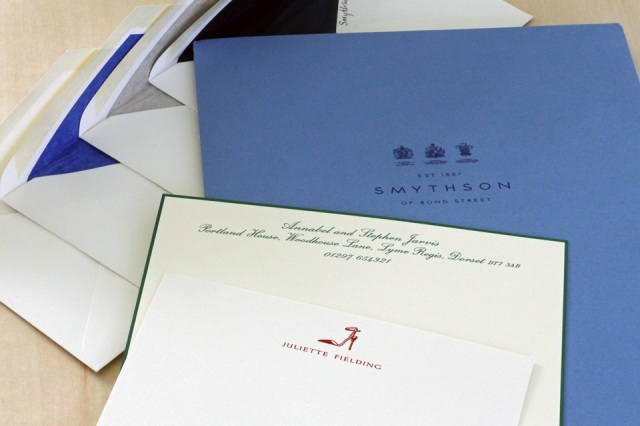


You must be logged in to post a comment.